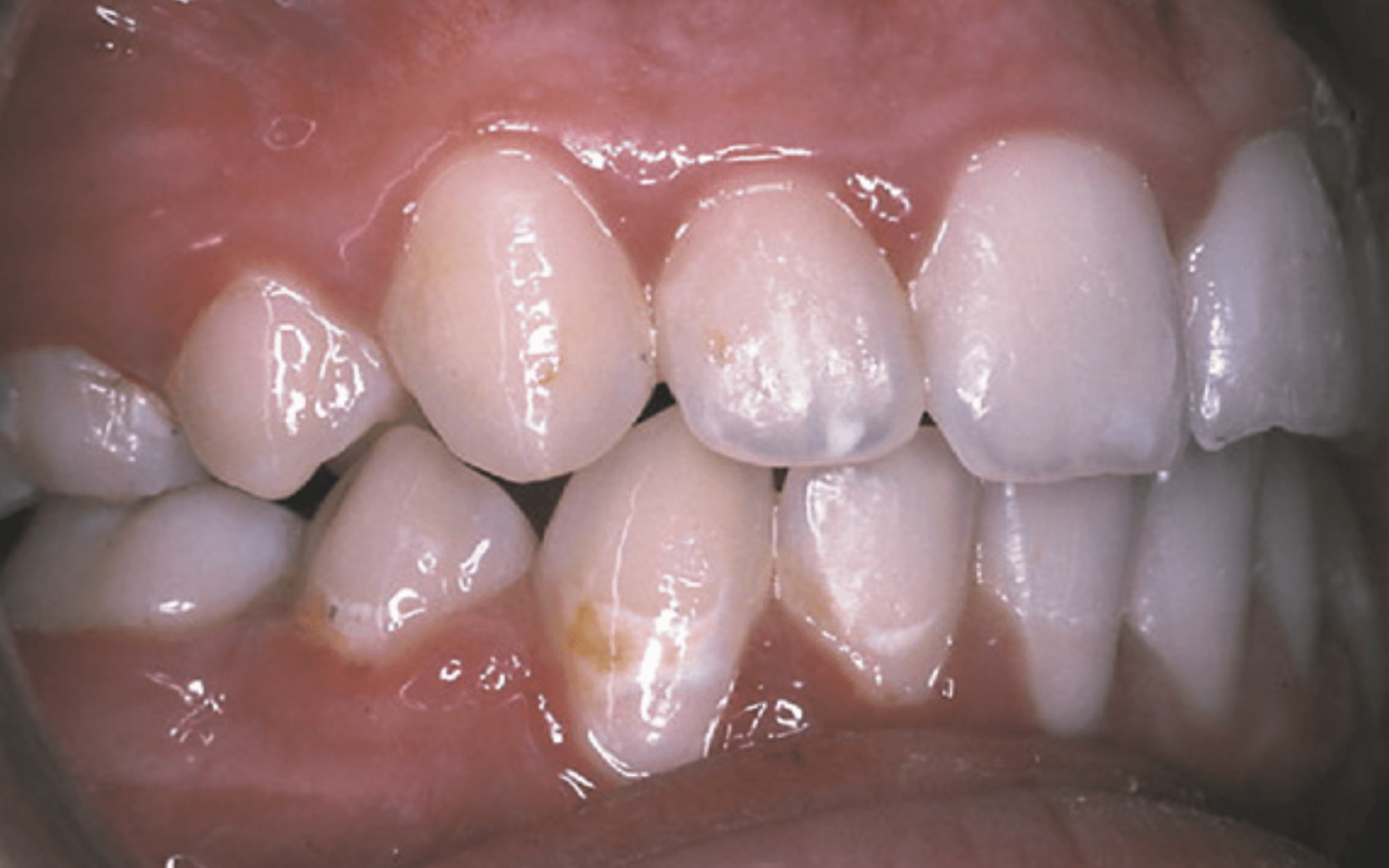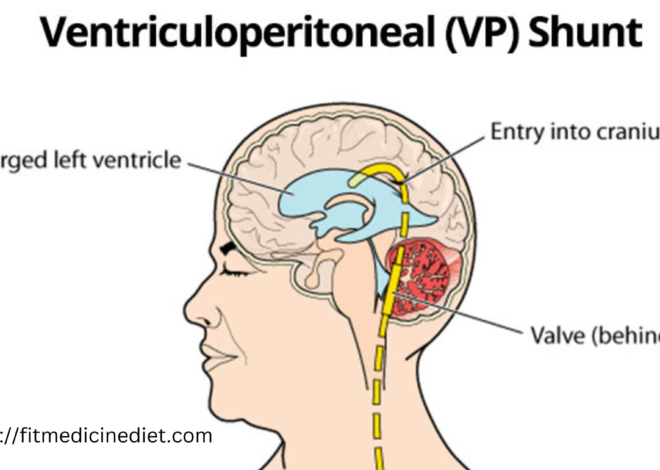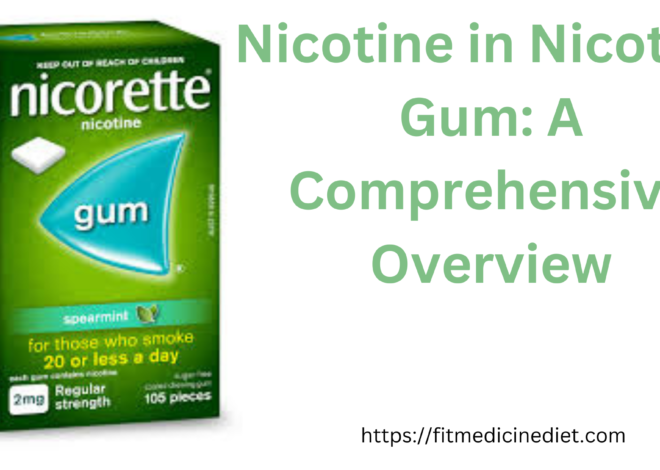
How to Get Rid of White Scars on Teeth: Causes, Prevention, and Treatment Options
A bright and confident smile is often one of the first things people notice about you. However, if you have white scars on your teeth, it can affect your self-esteem and make you conscious of your smile. White scars can result from various causes, including dental fluorosis, enamel hypoplasia, and certain injuries. In this comprehensive guide, we will explore the causes, prevention, and treatment options for white scars to help you regain your beautiful smile.
Understanding White Scars on Teeth
White scars on teeth, also known as enamel hypoplasia or enamel hypomineralization, are areas of the tooth enamel that appear lighter or whiter than the surrounding tooth structure. These scars can vary in size and intensity, and they are often a source of concern for individuals who have them. Understanding the causes of white scars on teeth is the first step in addressing this dental issue.
Causes of White Scars on Teeth
- Dental Fluorosis: This is one of the most common causes of white scars on teeth. Dental fluorosis occurs when individuals are exposed to excessive fluoride during tooth development, typically during childhood. The excess fluoride interferes with enamel formation, resulting in white or brownish stains on the teeth.
- Enamel Hypoplasia: Enamel hypoplasia is a condition where the enamel layer on teeth is thinner than normal. This can be caused by various factors, including malnutrition, prenatal exposure to certain drugs, or specific health conditions.
- Injuries: Trauma to the teeth, such as a fall or impact, can lead to enamel defects and white scars. These injuries can disrupt enamel development and result in discoloration.
- Medications: Some medications, particularly antibiotics like tetracycline, can cause white or brown stains on developing teeth if taken during childhood.
- Genetic Factors: In some cases, genetics play a role in the development of white scars on teeth. If family members have similar dental issues, there may be a genetic predisposition.
Prevention of White Scars on Teeth
Preventing white scars on teeth primarily involves being cautious about fluoride exposure during childhood. Here are some prevention tips:
- Monitor Fluoride Intake: Ensure that children do not ingest excessive fluoride through toothpaste, mouthwash, or water. Use a pea-sized amount of fluoride toothpaste for young children and teach them not to swallow it.
- Fluoride-Free Water: If you live in an area with high fluoride levels in the water, consider using bottled water or a water filter to reduce fluoride exposure.
- Regular Dental Check-ups: Schedule regular dental check-ups for your child to monitor enamel development and address any issues early on.
- Protect Teeth from Injury: Encourage the use of mouthguards during sports and activities to minimize the risk of dental injuries.
- Medication Awareness: If your child requires antibiotics, inform your dentist about any medications they are taking to ensure proper monitoring and care.
Treatment Options for White Scars on Teeth
If you already have white scars on your teeth, there are various treatment options available to improve their appearance. The choice of treatment will depend on the severity and cause of the white scars. Here are some common treatment options:
- Teeth Whitening: Professional teeth whitening procedures can help lighten the appearance of white scars. These treatments use bleaching agents to remove stains and discolorations.
- Dental Bonding: Dental bonding involves applying a tooth-colored resin to the affected teeth. The resin is shaped and polished to match the surrounding teeth, concealing the white scars.
- Veneers: Porcelain veneers are thin shells that are custom-made to cover the front surface of teeth. They can effectively hide white scars and provide a natural appearance.
- Microabrasion: This is a minimally invasive procedure where a dentist removes a thin layer of enamel to eliminate or reduce the appearance of white scars.
- Dental Crowns: In cases of severe enamel hypoplasia or extensive white scars, dental crowns may be recommended. Crowns are custom-made caps that cover the entire tooth, restoring its appearance and function.
- Fluoride and Remineralization: For cases of dental fluorosis, topical fluoride treatments and remineralization therapies may help strengthen the enamel and reduce the appearance of white spots.
- Orthodontic Treatment: In some situations, orthodontic treatment may be recommended to align teeth properly. Which can make white scars less noticeable.
It’s essential to consult with a dentist to determine the most suitable treatment option based on your specific condition.
Home Remedies and At-Home Care
In addition to professional treatments, there are some home remedies and at-home care practices that may help improve the appearance of white scars on teeth:
- Maintain Good Oral Hygiene: Brush your teeth at least twice a day and floss daily to keep your teeth and gums healthy.
- Use Fluoride Toothpaste: Using fluoride toothpaste can help strengthen the enamel and prevent further damage.
- Oil Pulling: Some individuals find that oil pulling with coconut oil or other natural oils can help whiten teeth and improve overall oral health.
- Avoid Staining Substances: Limit the consumption of tea, coffee, red wine, and other staining substances that can exacerbate the appearance of white scars.
- Stay Hydrated: Drinking water helps maintain saliva flow, which is essential for oral health.
- Chew Sugar-Free Gum: Chewing sugar-free gum can stimulate saliva production and help protect your teeth.
- Dietary Changes: A balanced diet with sufficient calcium and vitamin D can support dental health.
Seeking Professional Guidance
If you have white scars on your teeth and are considering treatment, it’s crucial to consult with a qualified dentist or dental specialist. They will evaluate your condition, discuss treatment options, and create a personalized plan to address your specific needs. With the right treatment and care, you can enhance the appearance of your teeth and regain your confidence in your smile.
In conclusion,
white scars can be a source of concern, but there are various causes, prevention measures, and treatment options available. By understanding the root causes and seeking professional guidance, you can take steps to address white scars on your teeth and achieve a brighter, more confident smile.
If you want anything else CONTACT US



One thought on “How to Get Rid of White Scars on Teeth: Causes, Prevention, and Treatment Options”